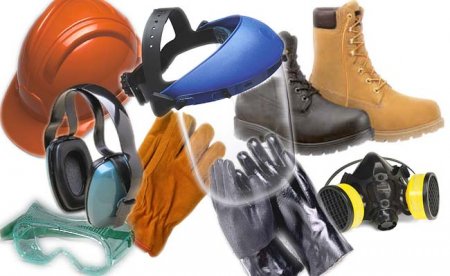Health and safety in the workplace is hardly the most exciting of subjects, but the facts are that if you’re an employer, then you have to actively manage the safety and health of employees and others. This must be done ‘so far as is reasonably practicable’ but as a general guide, you must ensure that you have the areas listed below covered.
General Duty of Care
Legally, employers must abide by relevant health & safety and employment law, as well as the common law duty of care. Making sure the workplace is safe, and ensuring staff don’t work excessive hours are just two examples of an employer’s duty of care.
Health and Safety Management System
Employers have a duty to manage health and safety arrangements through planning, monitoring and controlling risks in the workplace. The steps taken must be recorded as part of the health and safety policy statement.
Safety Policy Statement
If you have over five employees, you must provide a written health and safety policy statement. This describes your general policy on health and safety at work and how you have organised and put in place arrangements for managing health and safety.
Competent Persons
A competent person must be appointed to help you meet your health and safety responsibilities. This should be someone who has sufficient training and experience or knowledge to help. They can either be employees or externally qualified consultants.
Risk Assessment
Risk assessments are designed to control risks in the workplace. The purpose is to identify any risks and find ways of eliminating or controlling them. If you have over five employees you must produce a report describing risk and how you manage them.
Hazardous Agents
Hazardous materials in the workplace range from fumes to dust, or noise and chemicals, and must be controlled. Laws designed to help with this include the COSHH regulations (Control of Substances Hazardous to Health) limits on Noise Exposure and the Control of Asbestos at Work Regulations.
Health and Safety Information
If you employ anyone, you must display the health and safety law poster in a prominent place where employees can read it.
Welfare in the Workplace
Welfare at work includes welfare facilities, workplace safety and first aid. Essential health and safety workplace requirements include access to clean water, ventilation, lighting, heating and changing room and rest facilities. First aid equipment and an appointed first aid person should also be available and records on accidents and illness must be kept.
Work Equipment
All work equipment must quite obviously meet essential safety requirements in order to prevent accidents or long term damage to health. Personal Protective Equipment must also be provided for free.
Manual Handling
Employers must always look at the risks of lifting or carrying tasks and put measures in place to prevent and avoid injury and harm.
Fire
Under the Regulatory Reform (Fire Safety) Order 2005, employers must carry out a fire risk assessment of the premises and review it regularly. Fire safety checks and training should be carried out, and fire alarms, equipment and fire escapes available and in place.
Bill Turner is a free-lance landscaper and writer. He enjoys teaching, traveling, authorship, and of course walking his dogs along the beachside.





